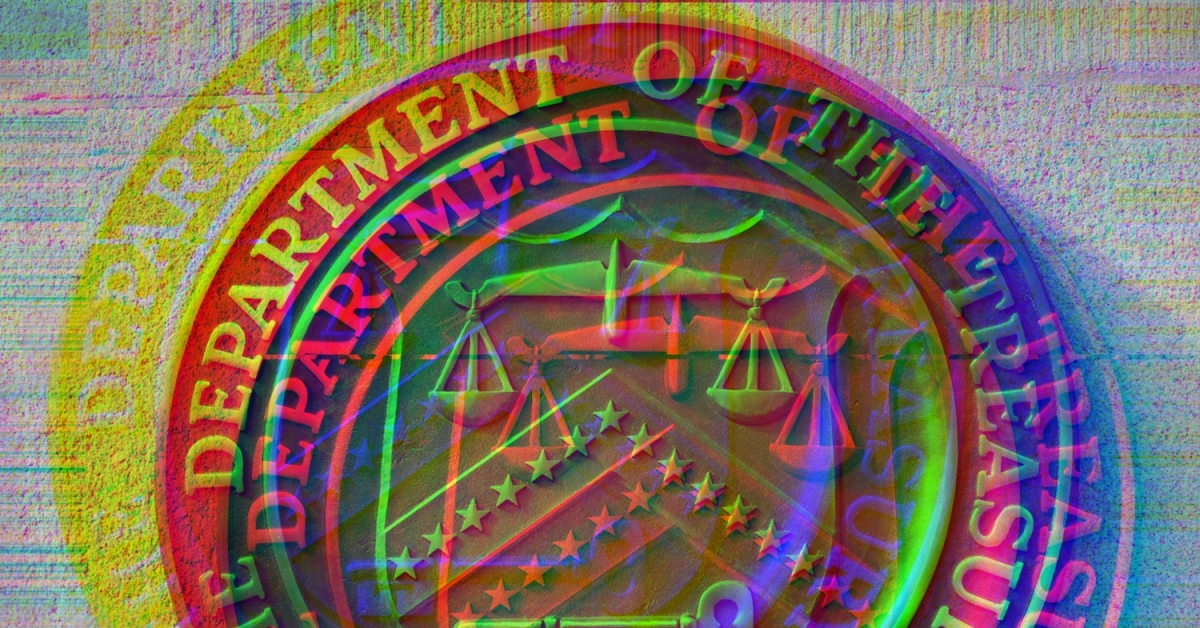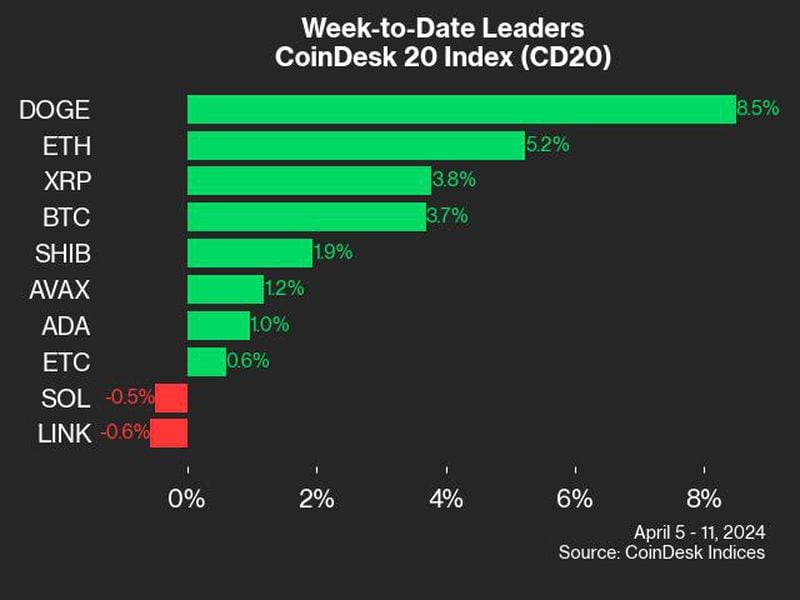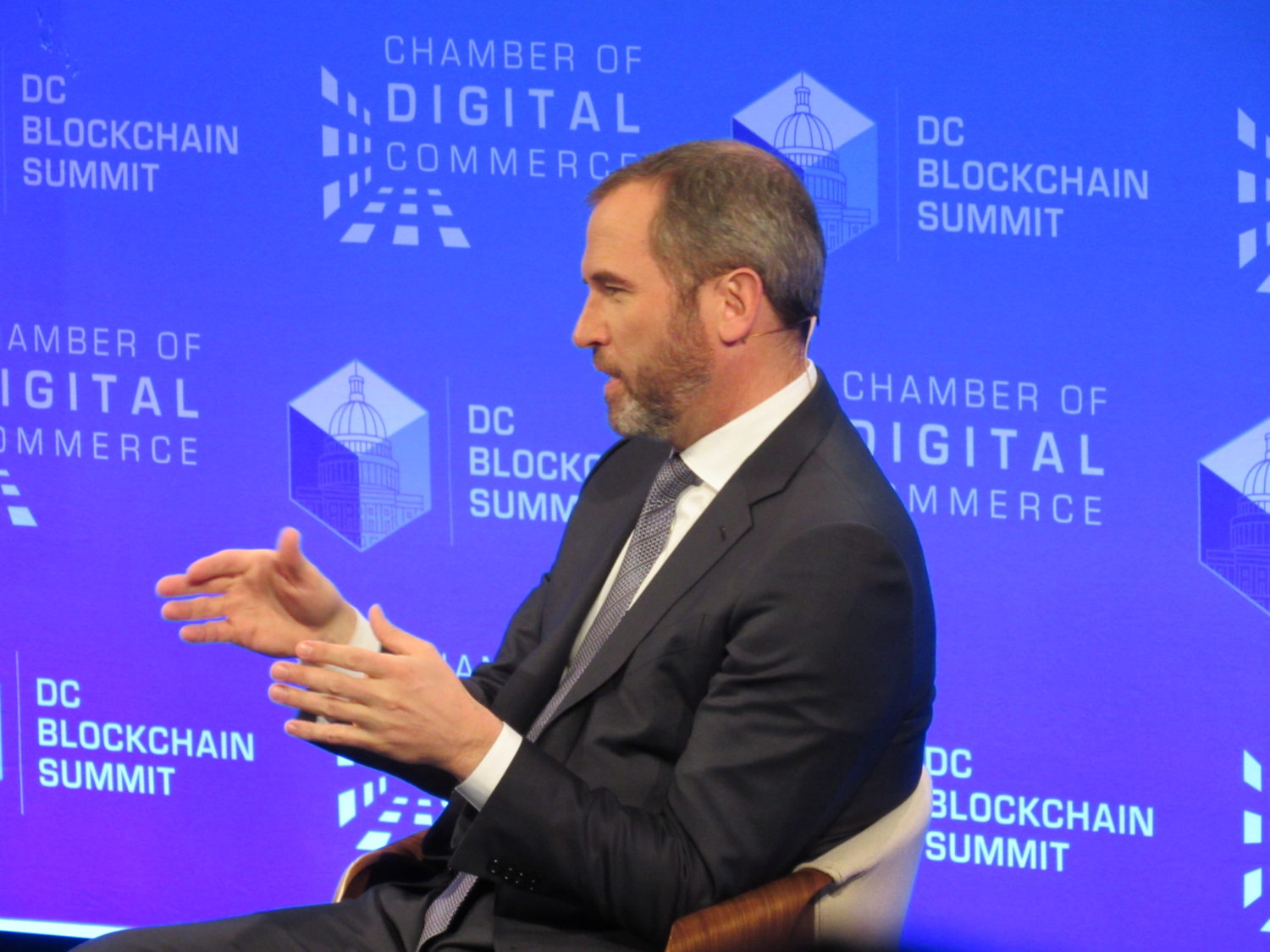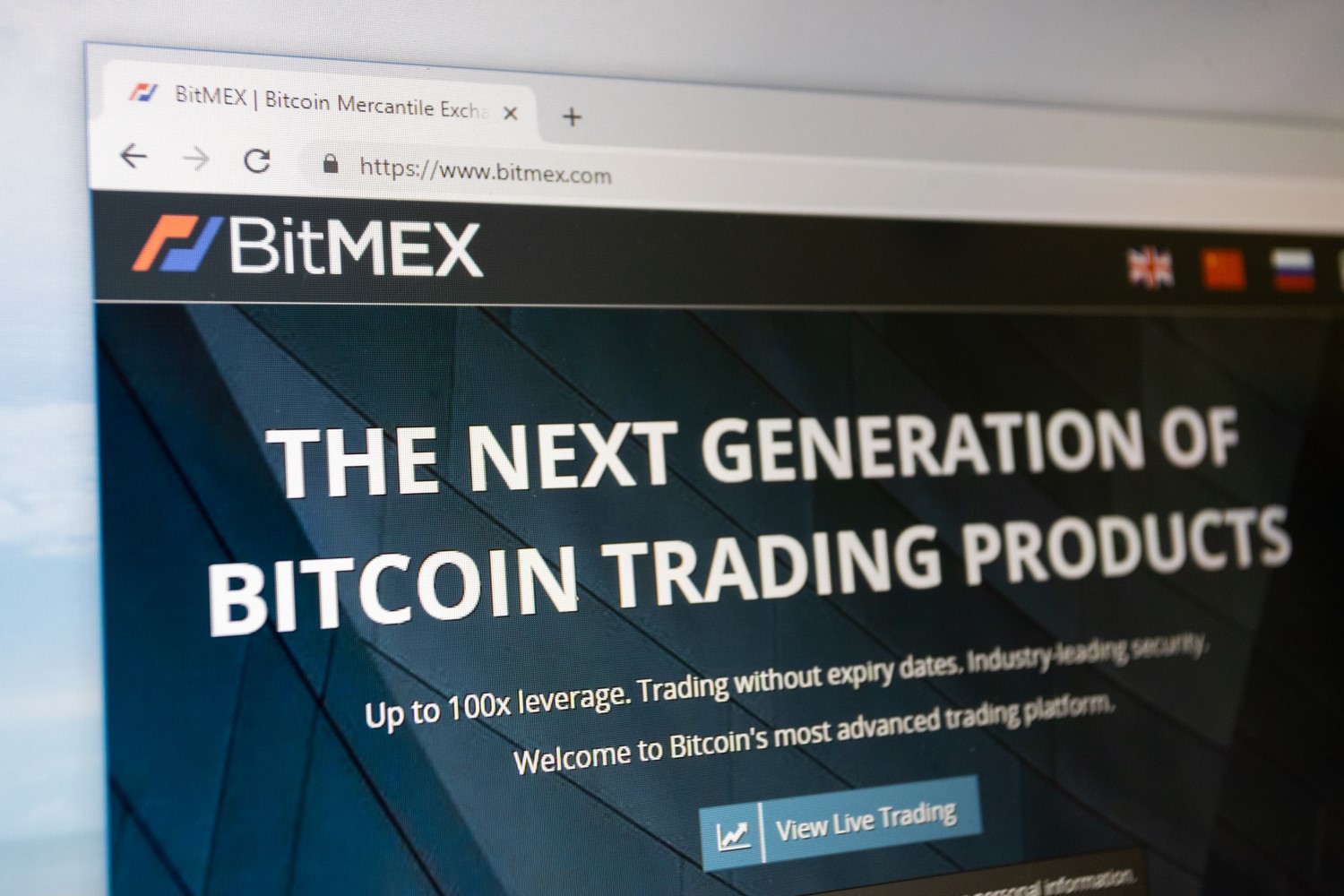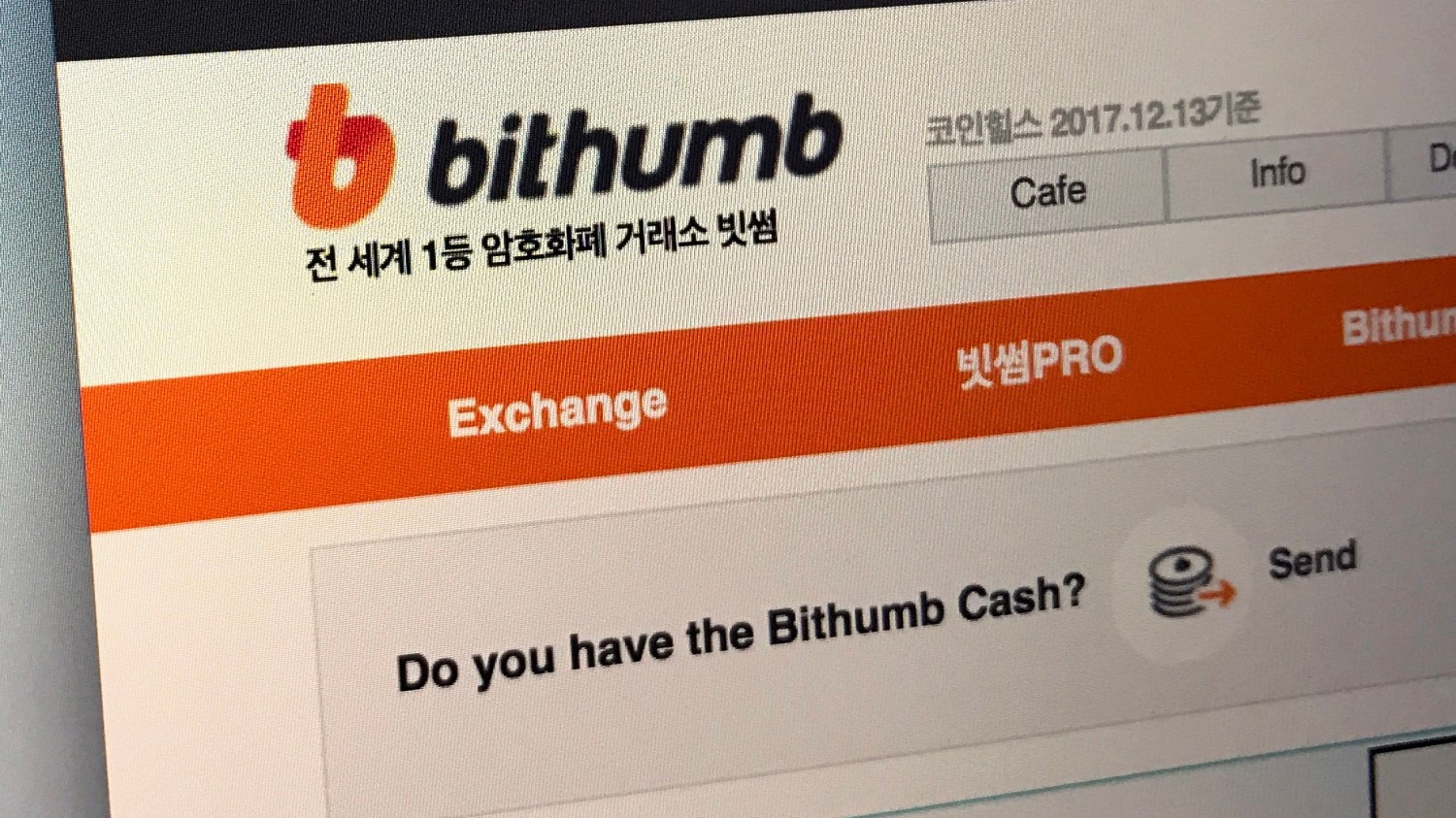Stablecoins Hit $20B Milestone, a Nearly 300% Year-to-Date Surge
The total value of stablecoins has now surpassed $20 billion, reflecting the growing demand of investors looking to hedge their risks in both crypto and traditional markets amid the coronavirus pandemic.
- Data from Coin Metrics show that the total value of assets for all stablecoins breached the $20 billion mark Thursday, only a little more than four months after the number broke a $10-billion record in May. Stablecoins are digital tokens, the values of which are pegged to fiat currencies like U.S. dollars.

- The main driver of the most recent rise is the latest downward pricing trend in non-stablecoin digital currencies such as bitcoin, according to John Todaro, director of institutional research at cryptocurrency analysis firm TradeBlock.
- “Because some exchanges do not offer fiat pairs, stablecoins are the only available option for traders to move risk off into fiat-like assets during periods of volatility,” Todaro wrote in an email response to CoinDesk.
- More traders and individuals view stablecoins as an intermediary step before putting money in riskier cryptocurrencies. After purchasing the stablecoins with U.S. dollars or other government-issued currencies, they can move the stablecoins to exchanges and trade for cryptocurrencies such as bitcoin, ether or others.
- Data from crypto data site Glassnode show that the balance on exchanges for tether, the most popular stablecoin by market capitalization, hit its all-time high in April.

- The increased supply of stablecoin also caused higher liquidity in both crypto trading and transactions last week, Glassnode’s weekly report wrote on Sept. 21.
- The surge of stablecoin demand may also be because of heightened interest in the decentralized finance (DeFi) sector. Stablecoins are used by DeFi users to receive high yields from a variety of DeFi platforms, such as Uniswap, Curve and Aave.
- With more political uncertainty, stablecoins are also being used by individuals and corporations to “bypass capital controls and other enforcements in order to move USD-like assets around,” said Todaro.

